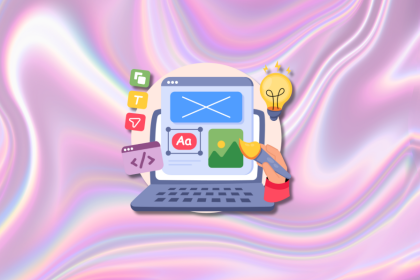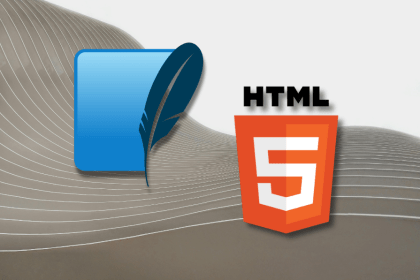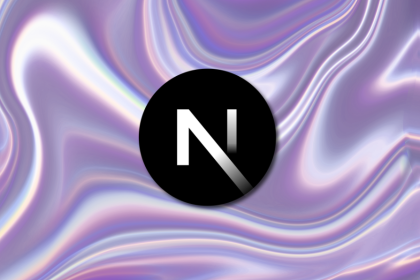
Maximalism defined the 90s web with neon colors, dense text, textures, and endless GIFs. This article explains why the style emerged and how its “more-is-more” energy compares to the minimalist UX standards we rely on today.

The 90s web was chaotic, colorful, and full of improvisation and it shaped more of modern UX than we admit. This article traces how tables, GIFs, and bold palettes evolved into today’s grids, micro-animations, and clean hierarchy.

I’ve tested dozens of Figma AI plugins, and only a handful earned a permanent spot in my workflow. In this article, I break down the tools that actually help me ideate, wireframe, write, and test with more speed and clarity.

Nostalgia-driven aesthetics is a real thing. In this blog, I talk all about 90s website designs — from grunge-inspired typography to quirky GIFs and clashing colors — and what you can learn from them.

Learn how ChatGPT’s new browser Atlas fits into a frontend developer’s toolkit, including the debugging and testing process.

Users don’t think in terms of frontend or backend; they just see features. This article explores why composition, not reactivity, is becoming the core organizing idea in modern UI architecture.

AI PM roles are evolving fast. Learn the five types of AI PMs, the skills they need, and how they shape AI products across industries.

Discover what’s new in The Replay, LogRocket’s newsletter for dev and engineering leaders, in the November 19th issue.

Users don’t interact with your product at random; they follow cognitive patterns. These 14 principles reveal how people think, decide, remember, and get motivated, so you can design experiences that guide them effortlessly.

The web has always had an uneasy relationship with connectivity. Most applications are designed as if the network will be […]

Learn how you can use AI agents to automate workflows, boost productivity, and choose the right tools while avoiding common pitfalls.

Streaming AI responses is one of the easiest ways to improve UX. Here’s how to implement it in a Next.js app using the Vercel AI SDK—typing effect, reasoning, and all.